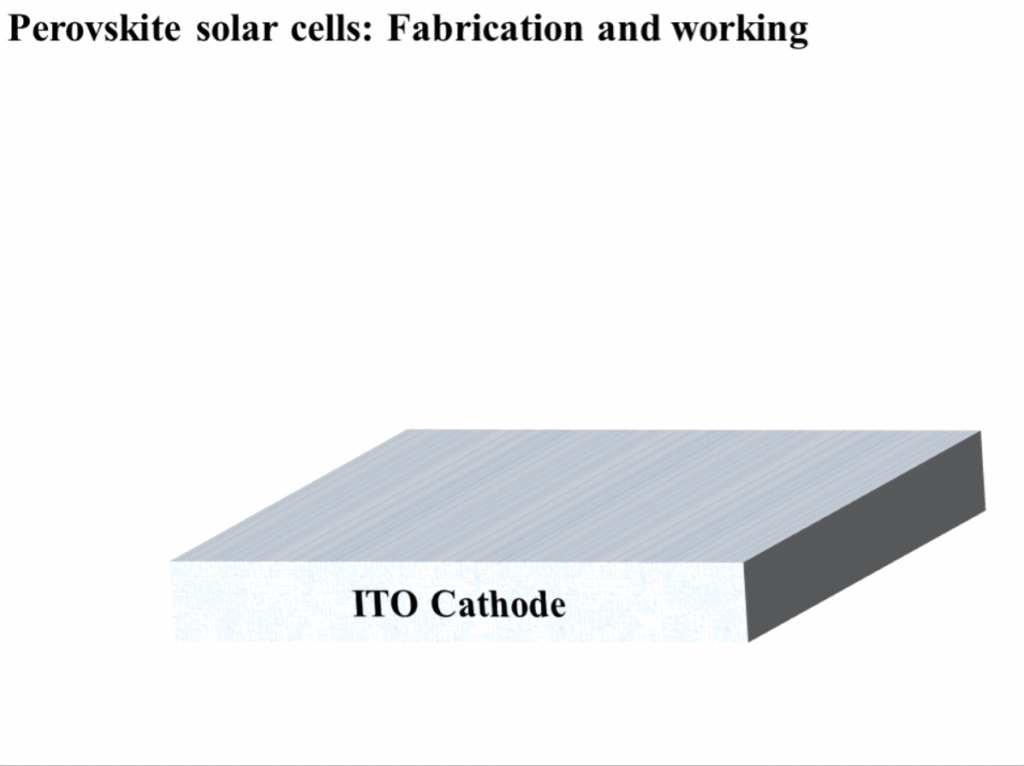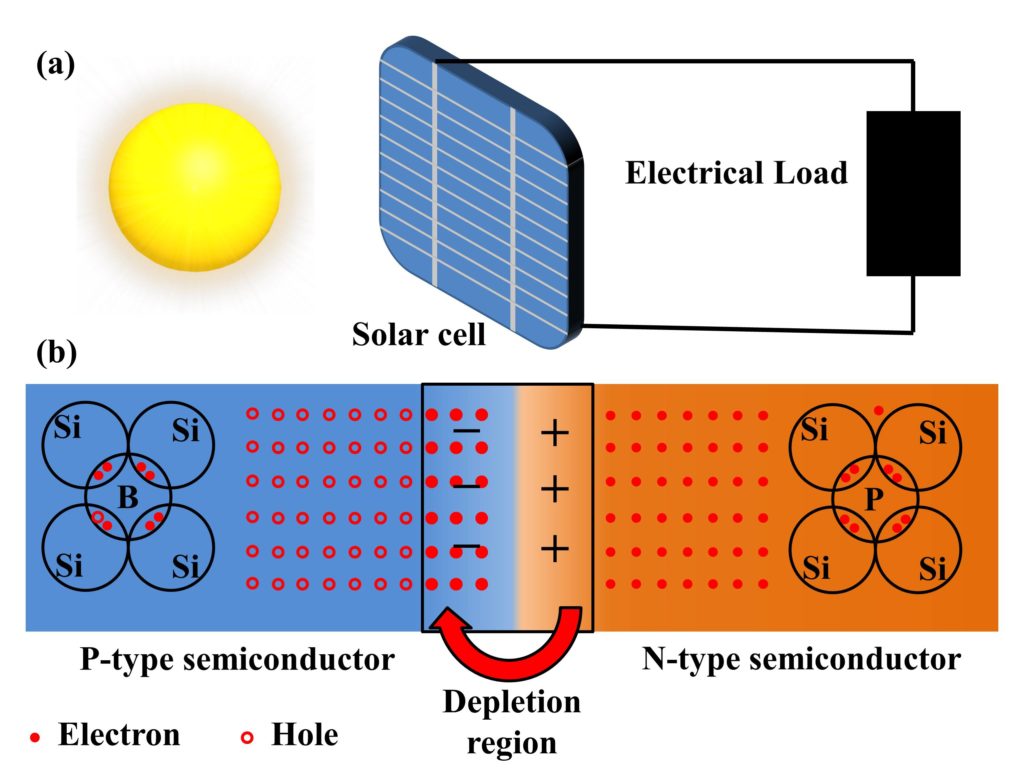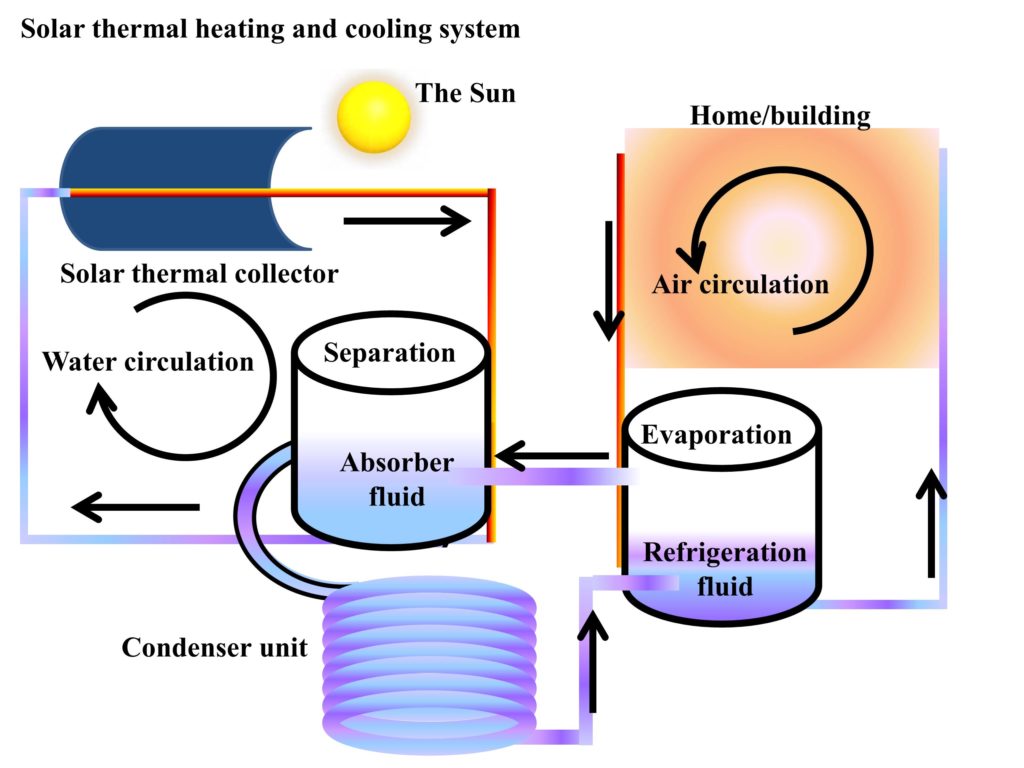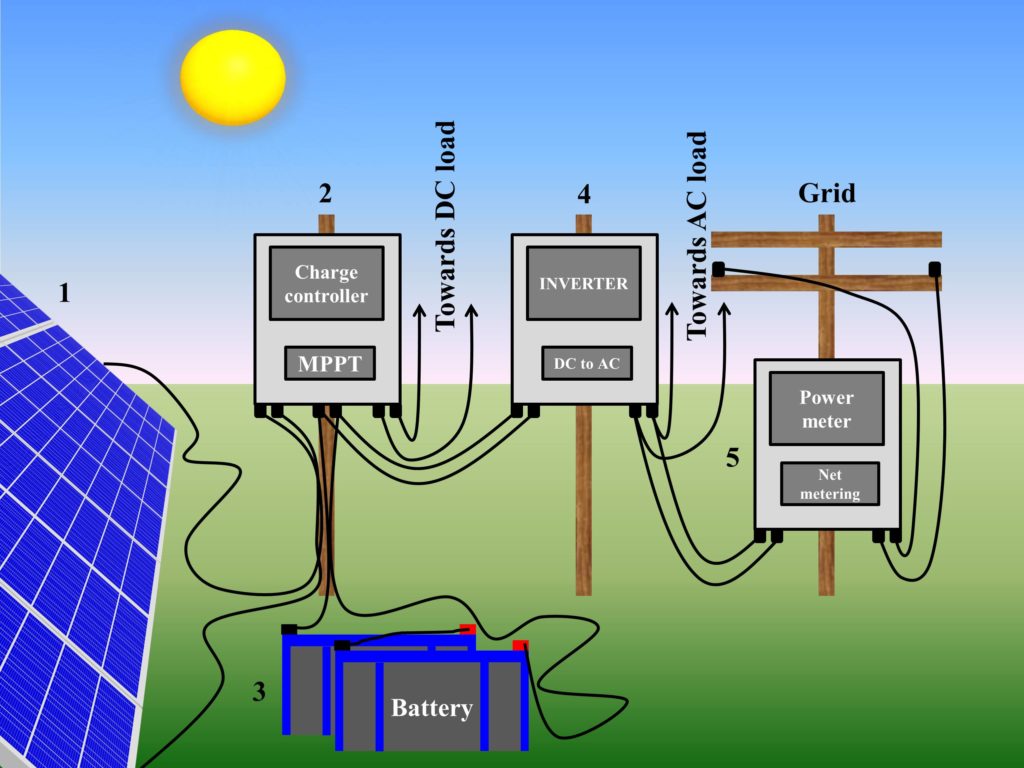What are spray-on solar cells?
The spray-on solar cells are an extension of perovskite solar cells (PSCs). In these solar cells, the active perovskite material is sprayed on a substrate that already has layers of cathode and electron transport layer (ETL). Further layers needed in the complete design of the solar cells, such as hole transport layer (HTL) and anode, are also sprayed in later stages to streamline the fabrication process and cut the prices of manufacturing.
Currently, the efficiency of spray-on perovskite solar cells has crossed the 10% barrier and reached approximately 11%, which is the minimum required efficiency for solar cells to be industrially viable.
Manufacturing spray-on PSCs
The manufacturing (or fabrication) of spray-on solar cells is similar to the manufacturing of PSCs, but it requires materials that can be sprayed on and can be kept in a liquid phase (solution). Apart from this requirement, the layer requirements and their functionality remain the same. The Fig. 1 depicts the manufacturing of spray-on perovskite solar cells (SoPSCs), in which a substrate with the cathode and ETL coating is at first sprayed on with perovskite material.
After the coating of perovskite material, the substrate with active solar energy absorbing medium is subjected to the sprays of HTL and subsequently with the material used to make the anode. The active materials to make SoPSCs are specifically chosen such that they can be stored in a liquid form or as ink.

The advantage and disadvantages of SoPSCs are given below.
Advantages of spray-on solar cells
1. The major advantage of spray-on solar cells is their low manufacturing cost and quick process through which they can be fabricated. This makes this technology feasible for satellites and space stations where it is difficult to fabricate semiconductor solar panels.
2. Due to the easy method of fabrication, any surface can be turned into a light-harvesting cell.
3. The spray-on solar cells are scalable.
Disadvantages
1. The SoPSCs suffer from the same issue of toxicity if lead is used as a cation.
2. The efficiency of SoPSCs is still low as compared to their counterpart perovskite solar cells or semiconductor solar cells, which have an efficiency of greater than 25%.
3. The efficiency is also dependent on the quality of sprayed films, which are inherently inconsistent.
4. Sadly the spray-on perovskite solar cells also suffer from environmental degradation, therefore, these solar cells must be resprayed after a fixed amount of time for the generation of electricity.
Further readings
If you liked reading this article, you may be interested in reading the following articles.






